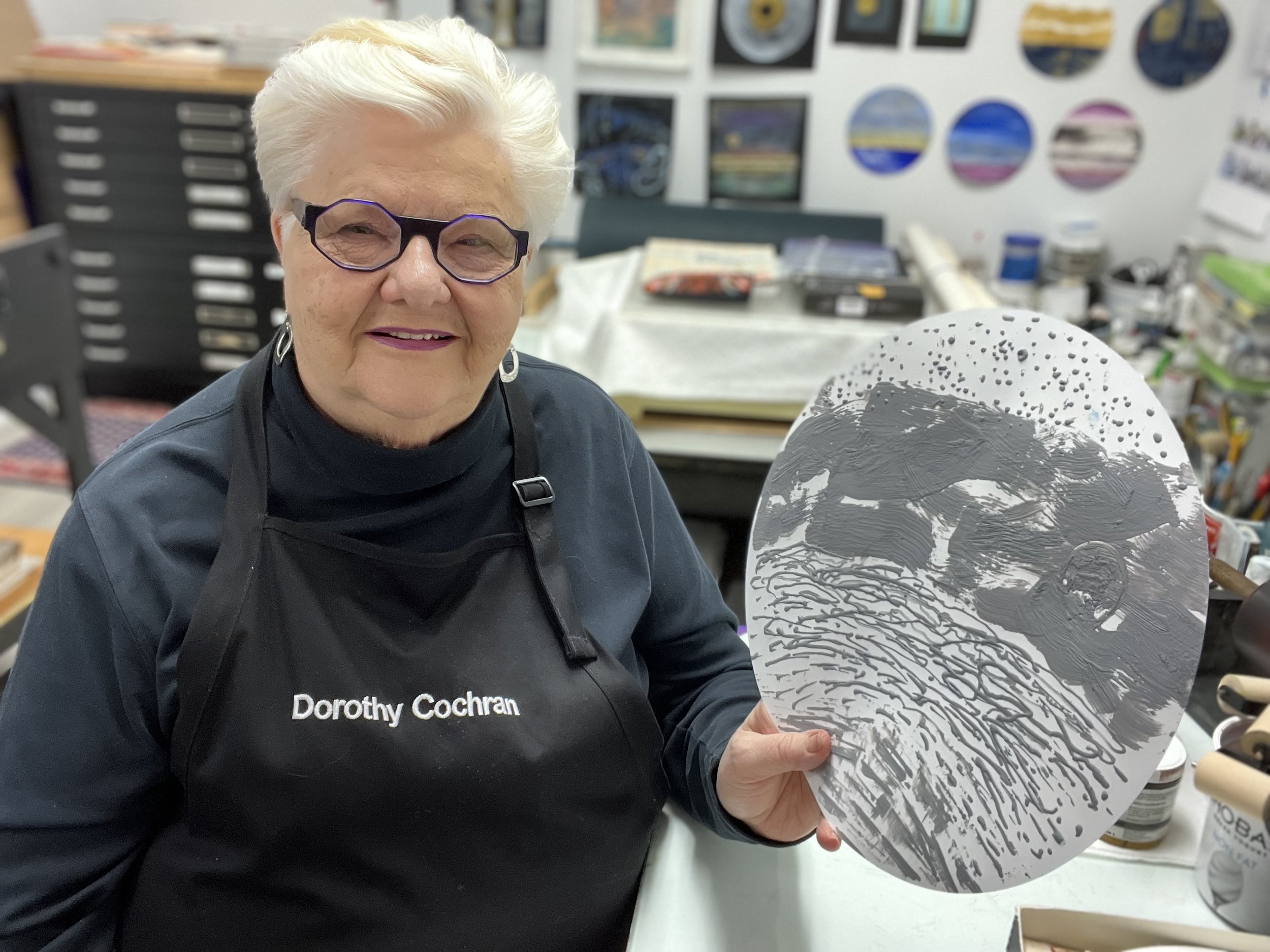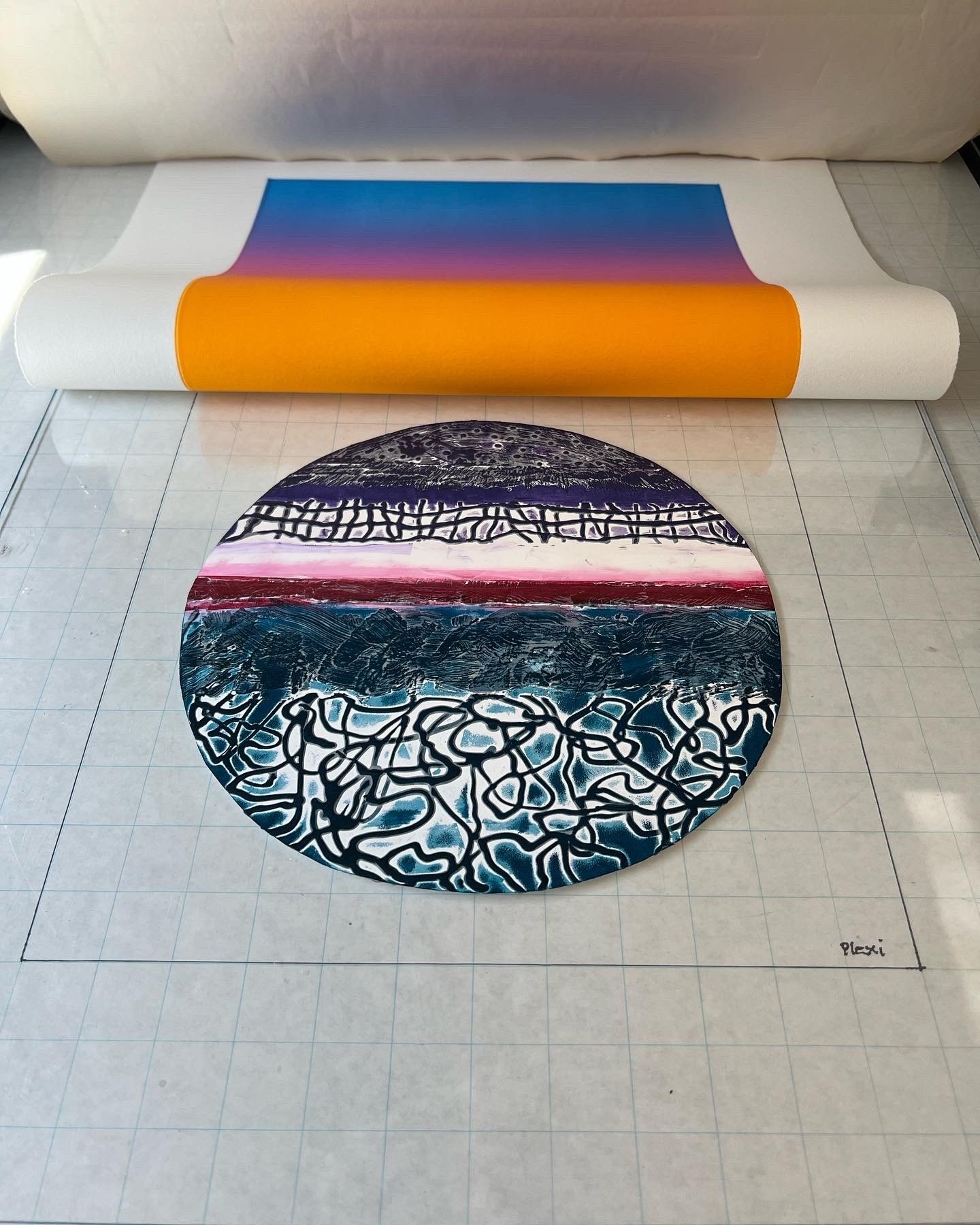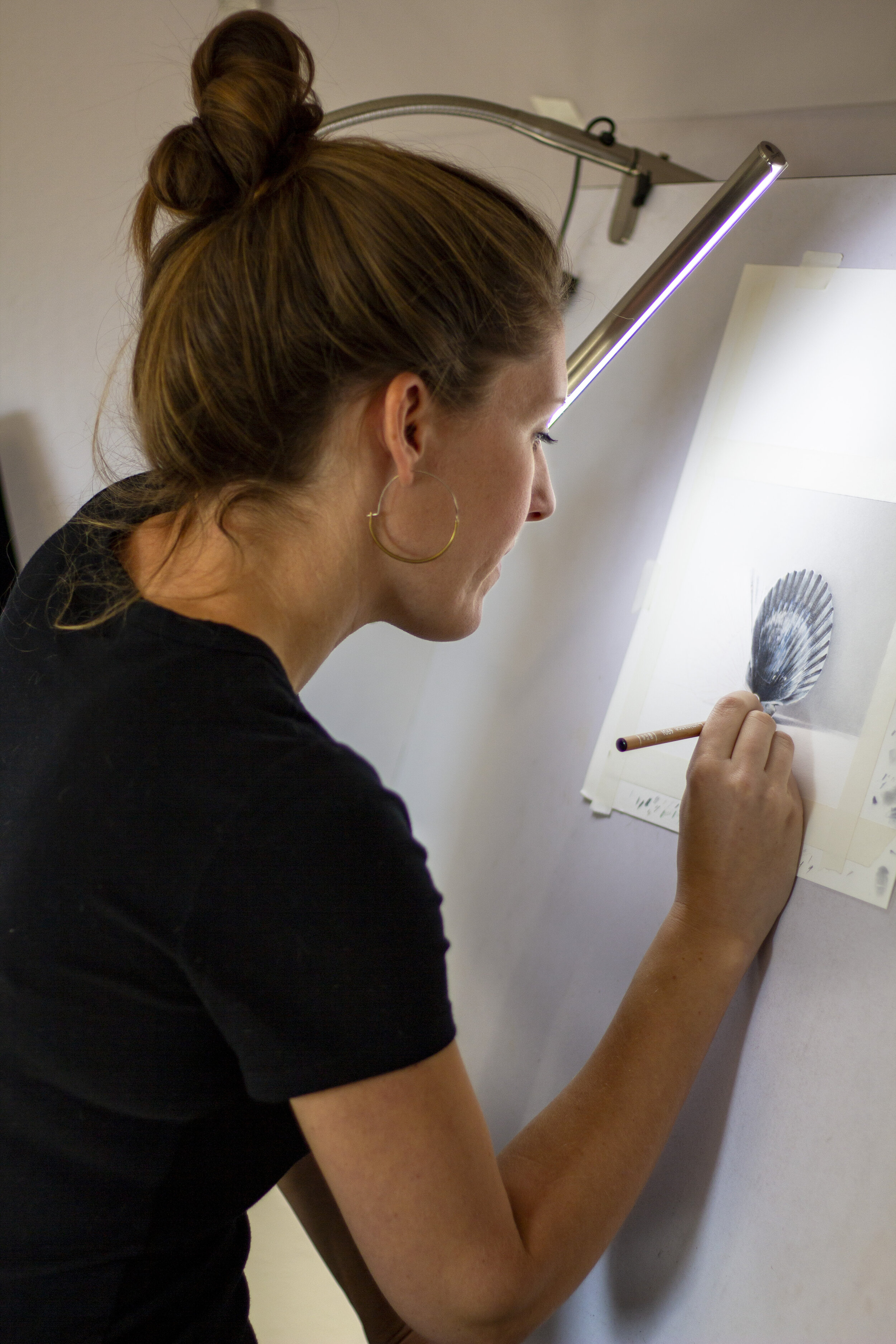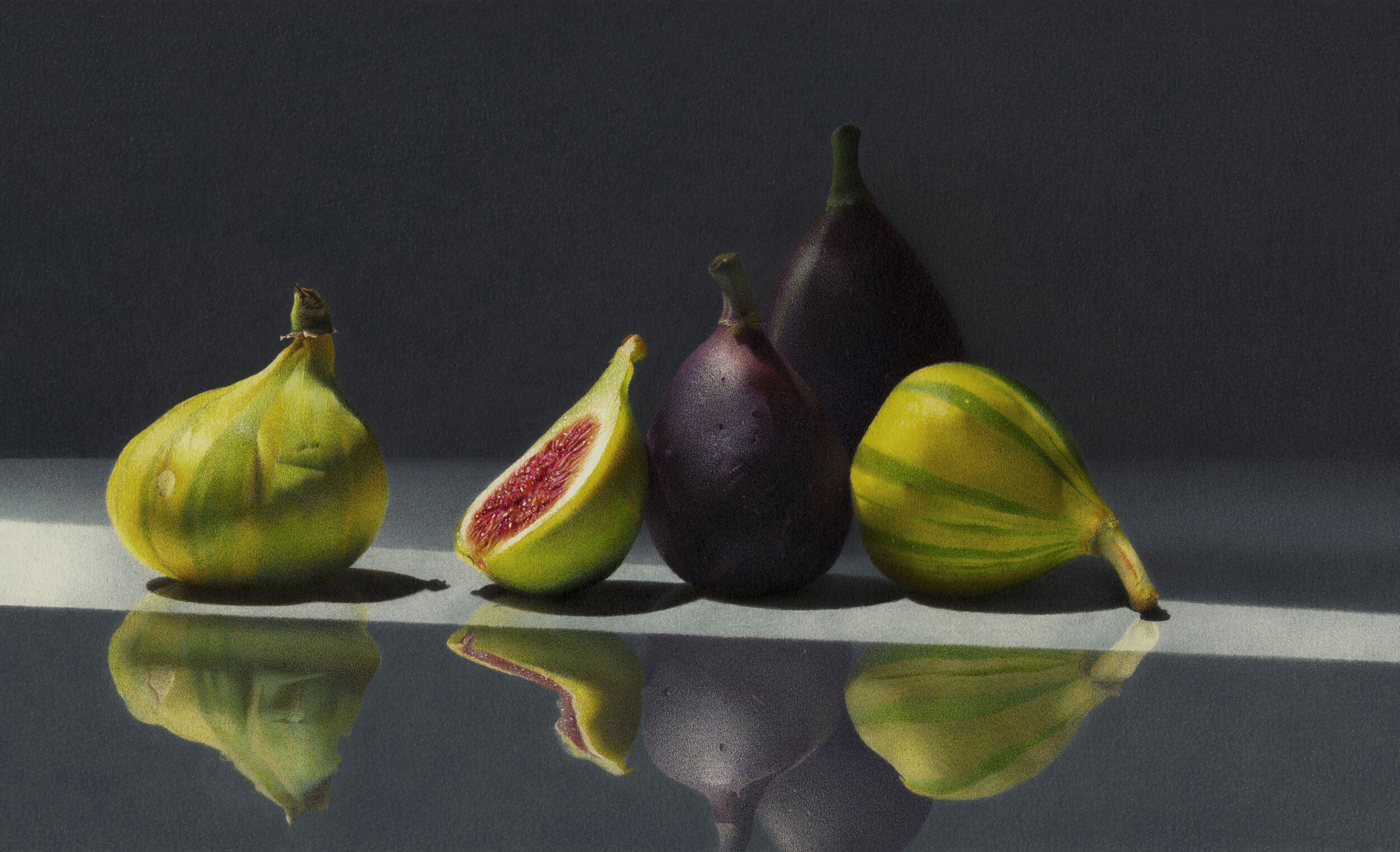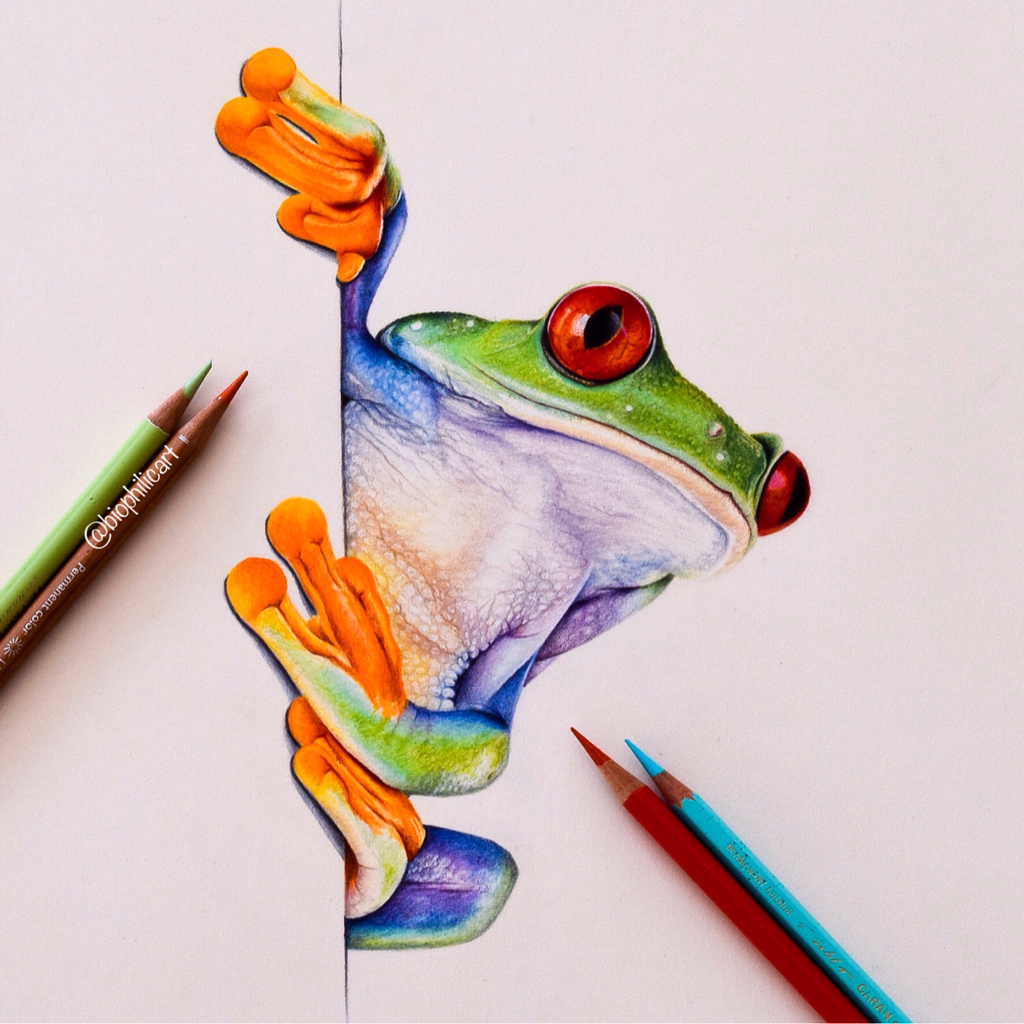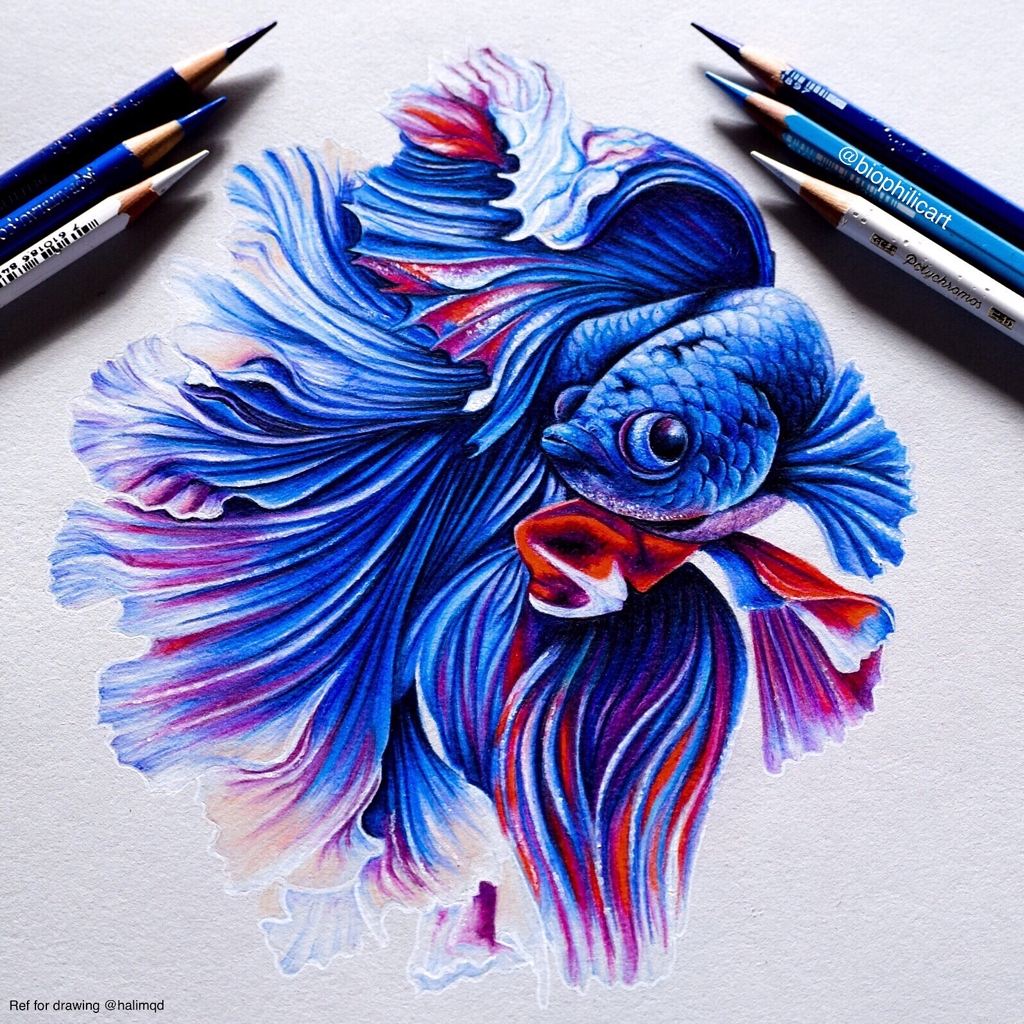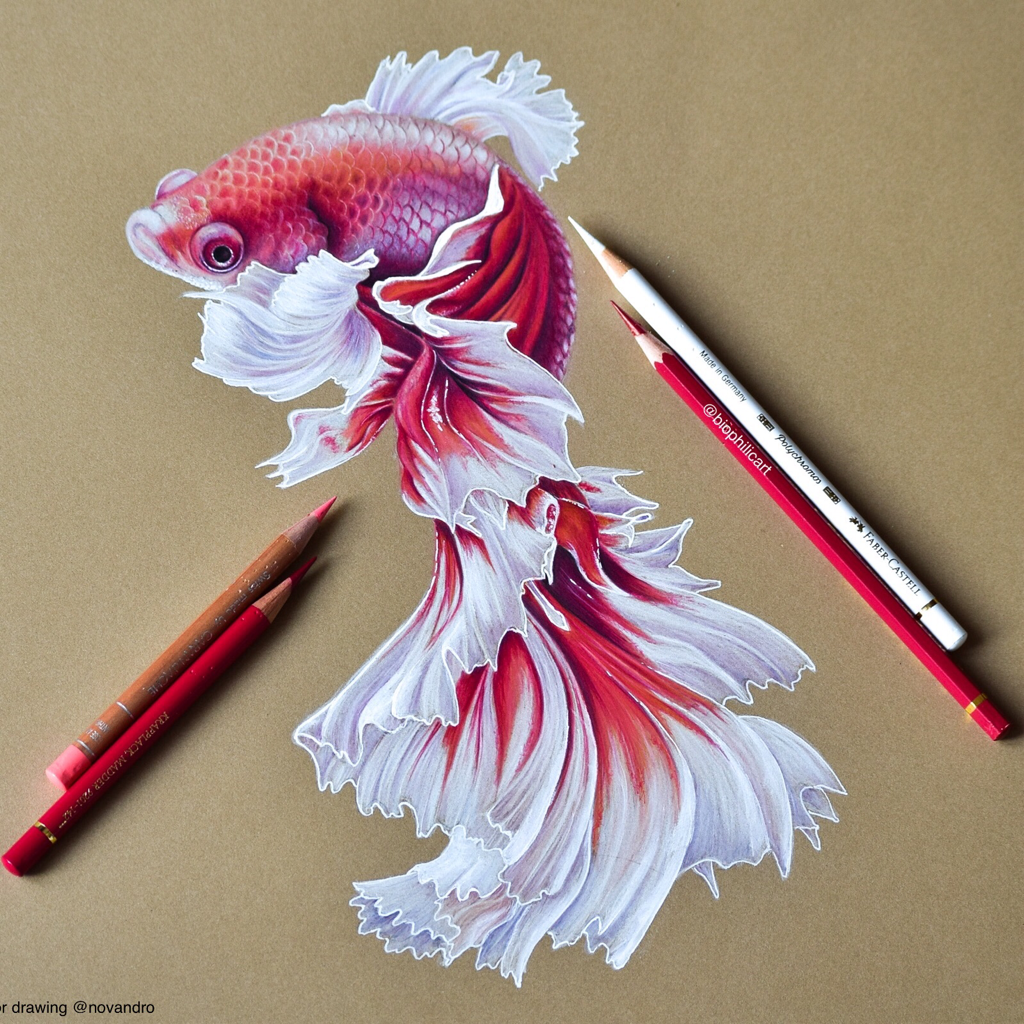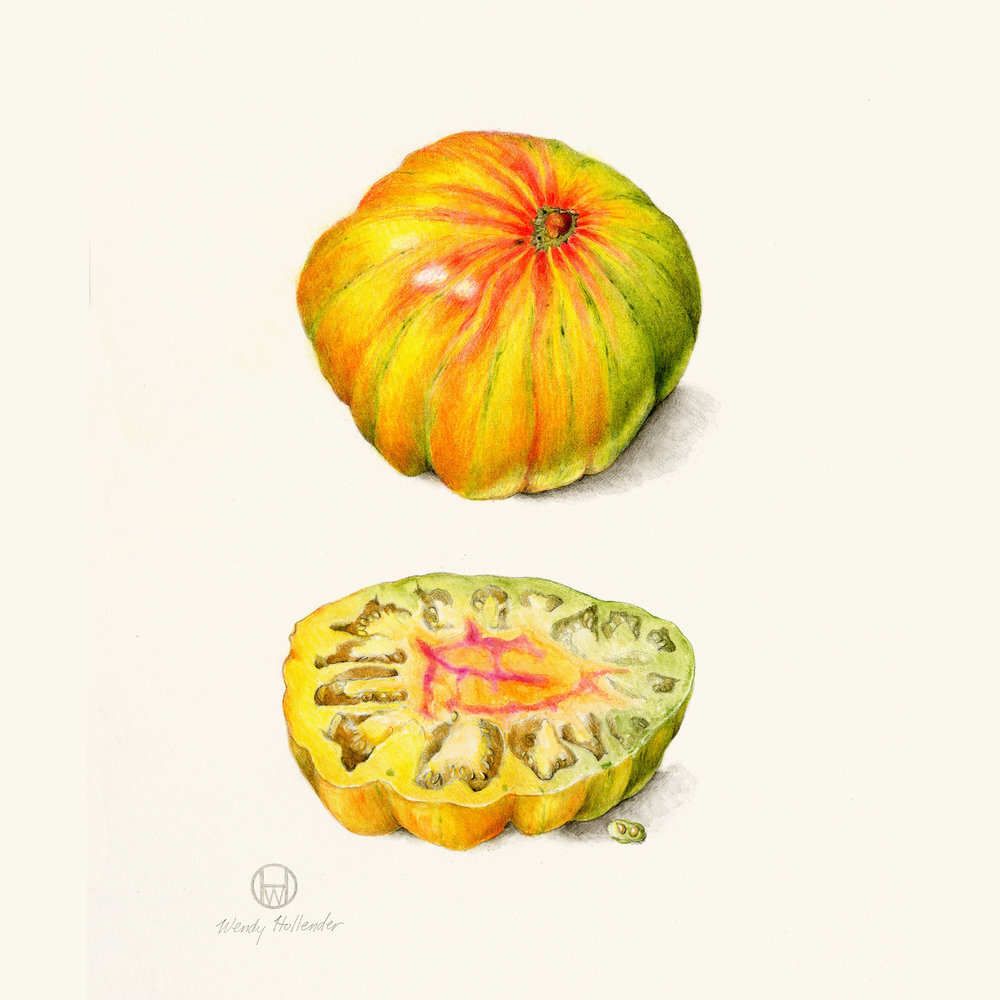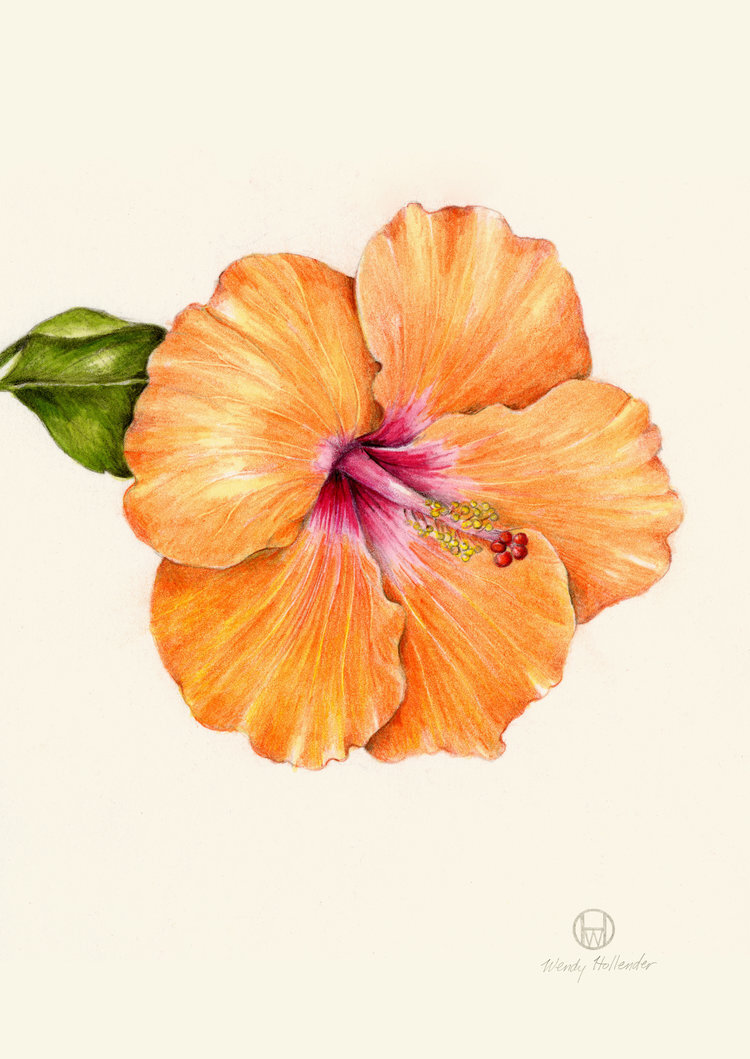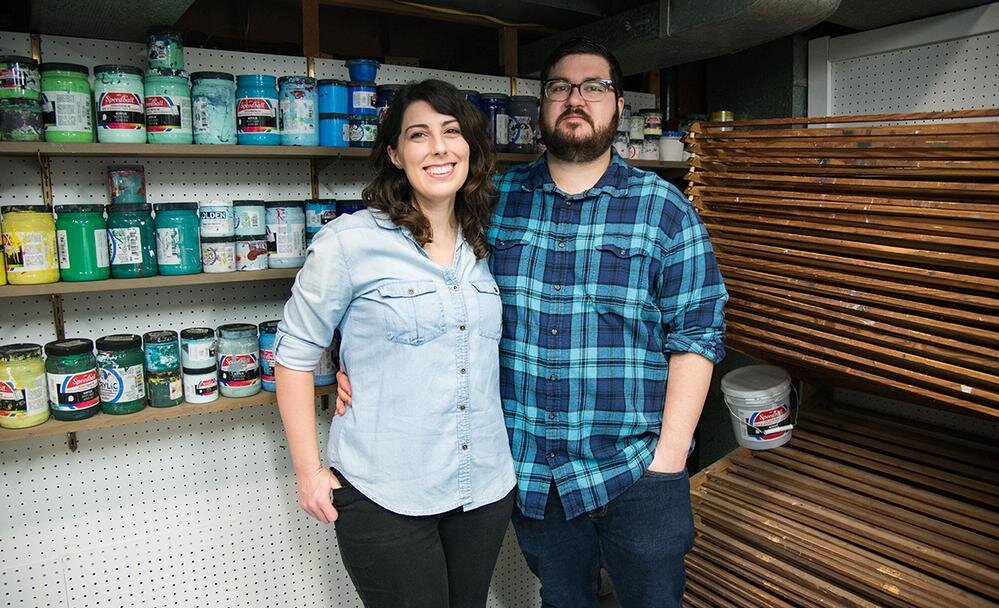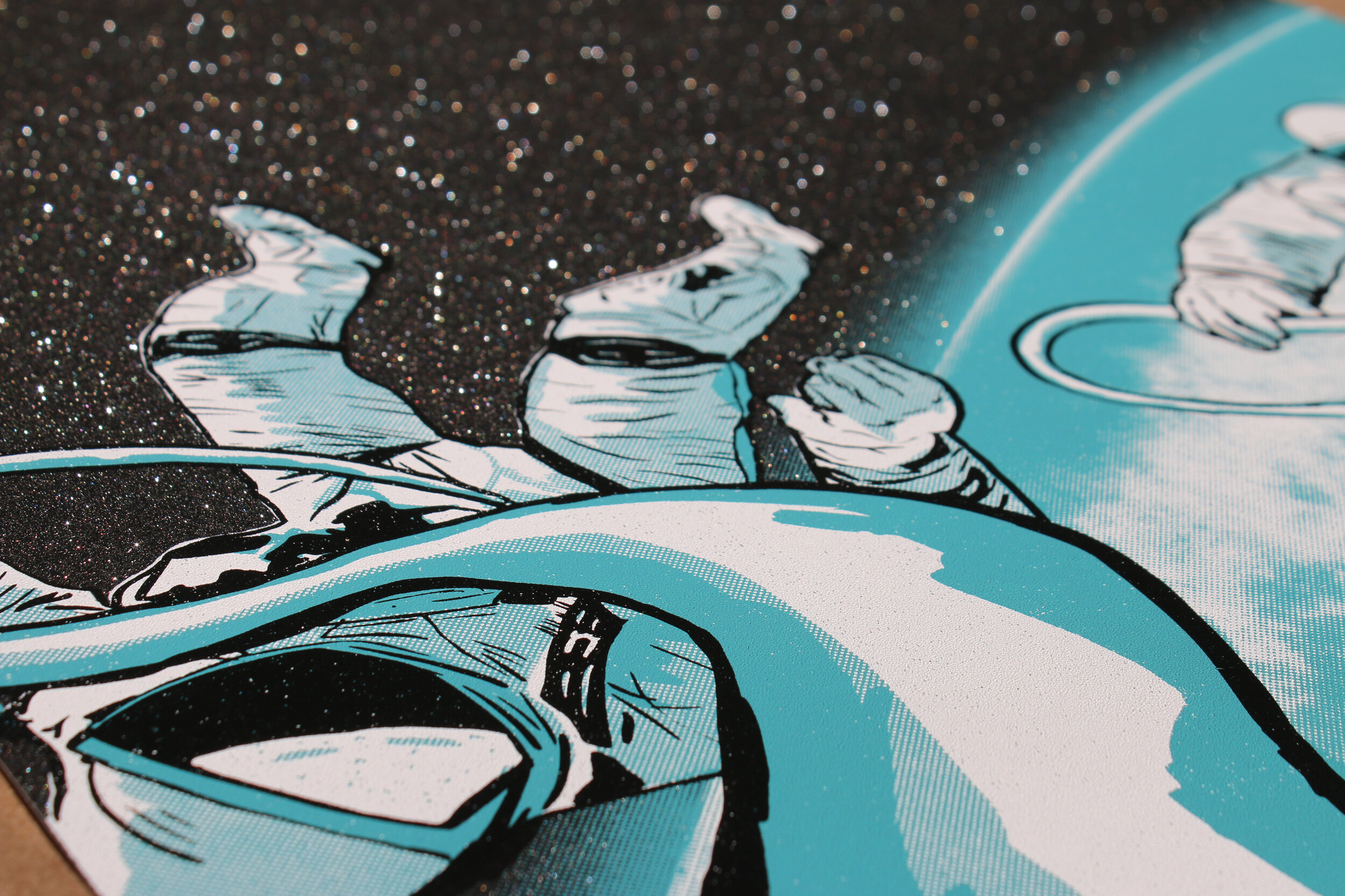Stonehenge Oil is light, durable 100% cotton that welcomes layers and layers of brushwork while retaining every detail.
Stonehenge Oil doesn’t just do what a canvas can do. It allows you to do so much more and to do it without the need for primer or gesso (That’s right: Zero prep required).
Learn from artists how they are using Stonehenge Oil and why.
Courtney Myers
Tell us about yourself and your work.
My name is Courtney Myers and I am an oil painter. I would say that up until this year I have specialized in landscape painting, but recently I have been trying to branch out and improve my skills in still life and portraiture.
What materials do you use with Stonehenge Oil?
When painting on Stonehenge Oil Paper, I used my typical oil paint (Winsor and Newton Artist Oils) along with my usual underpainting method which consists of using a mixture of oil paint and mineral spirits.
How does Stonehenge Oil compare to previous surfaces you were using?
In the past, I have painted on stretched canvas, and canvas panels. I found that painting on Stonehenge Oil Paper was much smoother than painting on a canvas surface.
Why does Stonehenge Oil work well for you?
Stonehenge Oil Paper was absolutely incredible because of it's smoothness. One additional quality that I discovered was that photographing/filming my work on Stonehenge Oil was so much easier than a canvas because although my painting was still wet, it looked matte. My experience with canvas is that it can be difficult photographing my work because I get a bright glare off of my artwork.
What’s your process like in creating a piece?
When painting on Stonehenge Oil Paper, I used my normal process that I would use on canvas. First I sketched out my composition with graphite pencils and set the sketch with a workable fixative. Next, I used an imprimatura underpainting method to give the paper an even wash of an orange/brown color to paint on top of. Lastly, I painted on top of that with my oil paints. The only thing that I did not do that I typically would do on canvas was varnish my finished artwork.
Advice for artists using Stonehenge Oil.
My advice for anyone using Stonehenge Oil would be to be aware of how much it absorbs. The paper held up amazingly when I toned it with oil paints and mineral spirits (there was absolutely no warping) but next time I paint on Stonehenge Oil, I'll use a thinner underpainting mixture so my underpainting isn't too dark.
Tell us about yourself & your art.
I’m an artist and instructor from South Carolina. I’m a portrait artist who explores the relationship and intertwining Nature of light and shadow and the composition as a whole.
What materials do you use with Stonehenge Oil?
I’ve used Winsor and Newton water miscible oil paints and charcoal with Stonehenge oil.
How does Stonehenge Oil compare to previous surfaces you were using?
Stonehenge is a great surface to work with compared to other oil surfaces without the prep.
Why does Stonehenge Oil work well for you?
Stonehenge paper is convenient. It allows me to create custom sizes without using standard sizes and canvases easily. Stonehenge paper can also be stretched over stretcher bars if I still crave the canvas bounce.
What’s your process like in creating a piece?
I can’t recall there being anything special I do differently with Stonehenge vs. other oil substrates. I begin my process by figuring out the dimensions for the painting that best works for the overall composition. I start sketching with a soft pencil or charcoal to avoid scratching the paper as it is very soft. I seal my drawing with a fixative if I haven’t drawn the composition directly with oil first, then I paint.
Advice for artists using Stonehenge Oil.
Stonehenge is very soft as it is 100% cotton, so you have to be careful not to use any hard materials to scratch the surface that could be seen in the finished product.
Stonehenge oil is very absorbent, so it allows for more time to work the oil paint before overworking it into mud or moving to new layers faster.
Stephen Bauman
Stephen Bauman is a classically trained artist that spent 12 years as an instructor in the drawing and painting program of the The Florence Academy of Art. In addition to that, Stephen was the director of the Anatomy & Ecorche Department for 6 years, first in Sweden and then in the USA. In 2020 he left the academy to focus on his efforts on my art career & online courses.
Why does Stonehenge Oil work well for your art?
Legion's Stonehenge Oil paper is my undisputed go to for alla prima and direct oil painting. It holds the brushstrokes perfectly and allows me to work up even gradients unlike any other surface I've worked on.
Why do you prefer Stonehenge Oil over a primed Canvas?
The primary difference between stonehenge Oil and oil primed linen is absorbance. Oil Primed Linen is slick and more difficult to get a pure opaque color onto at the 1st application. This means painting alla prima (in 1 session) is more challenging. Stonehenge Oil absorbs the oil more and so you can lay down clear color values better.
Do you stretch Stonehenge Oil?
Yes, the process is very similar to stretching any paper. Here’s a tutorial on stretching Stonehenge Oil and painting on Stonehenge Oil.









